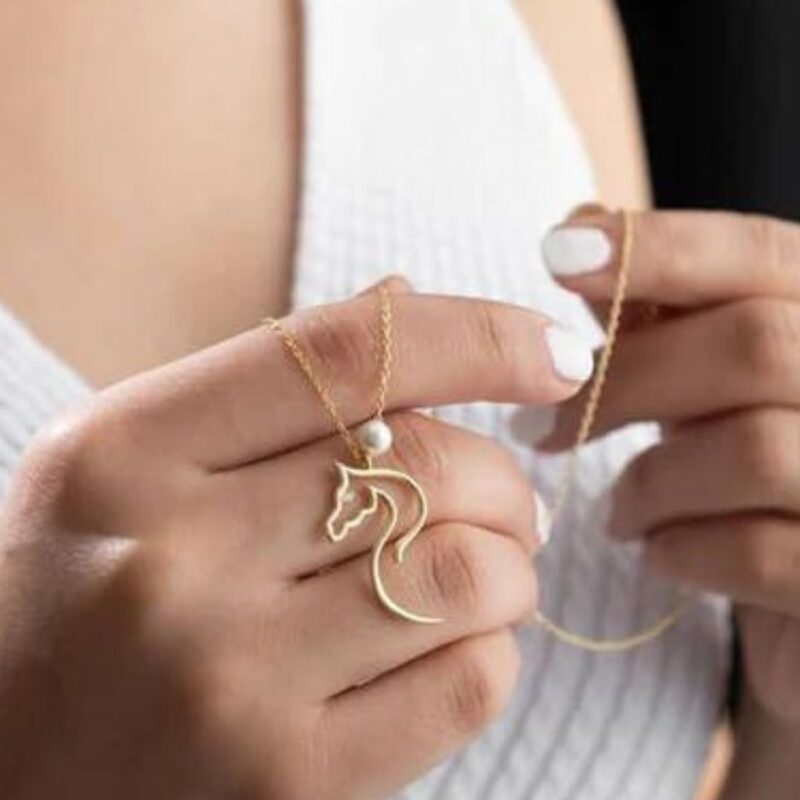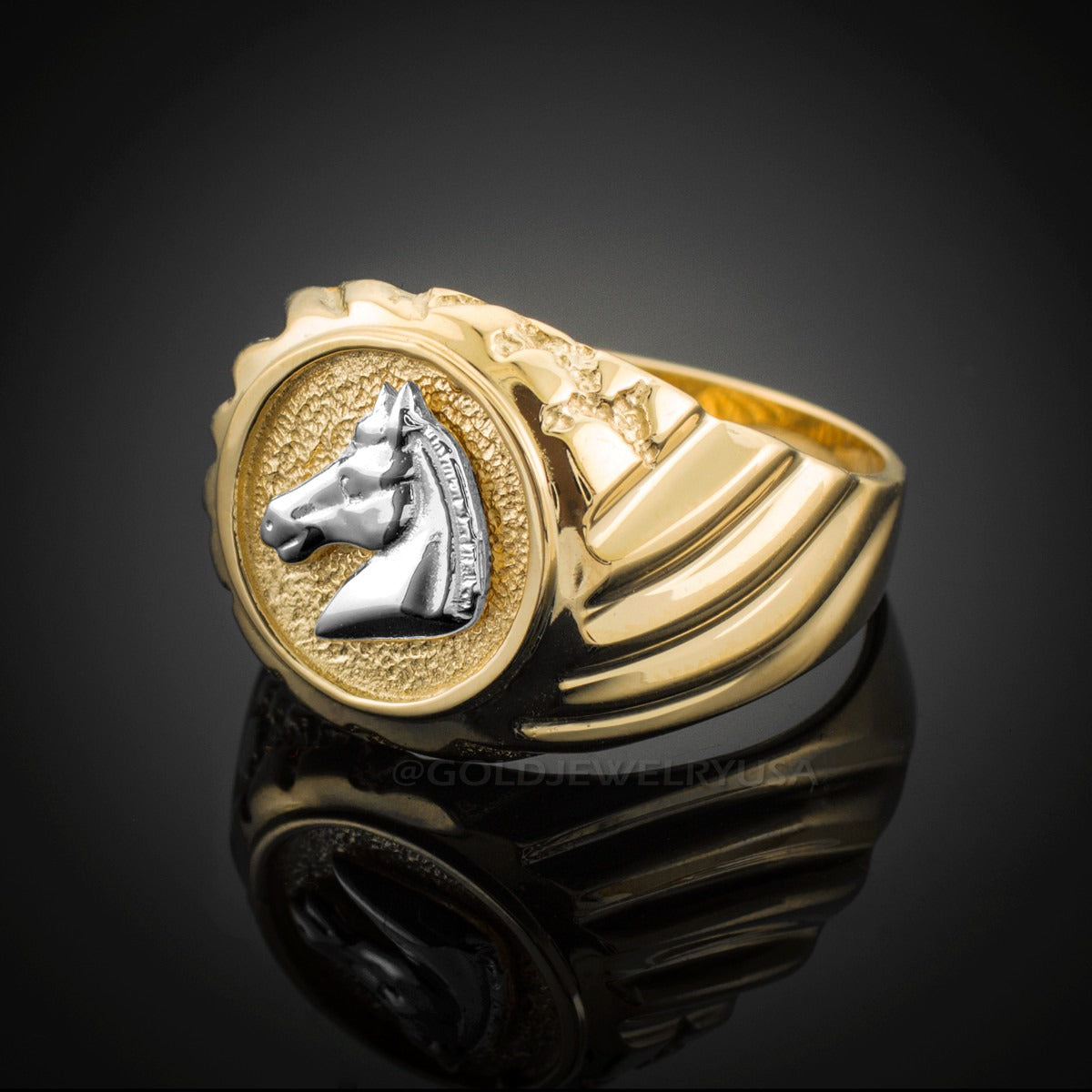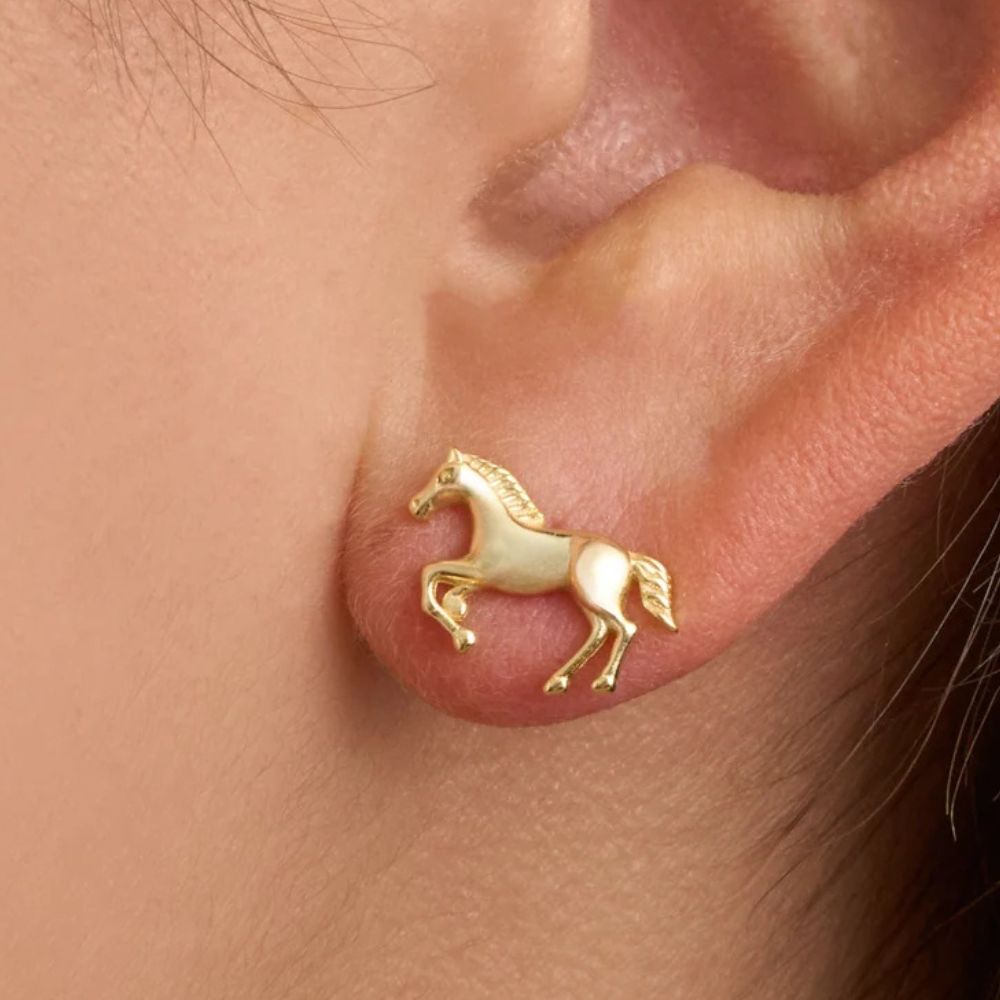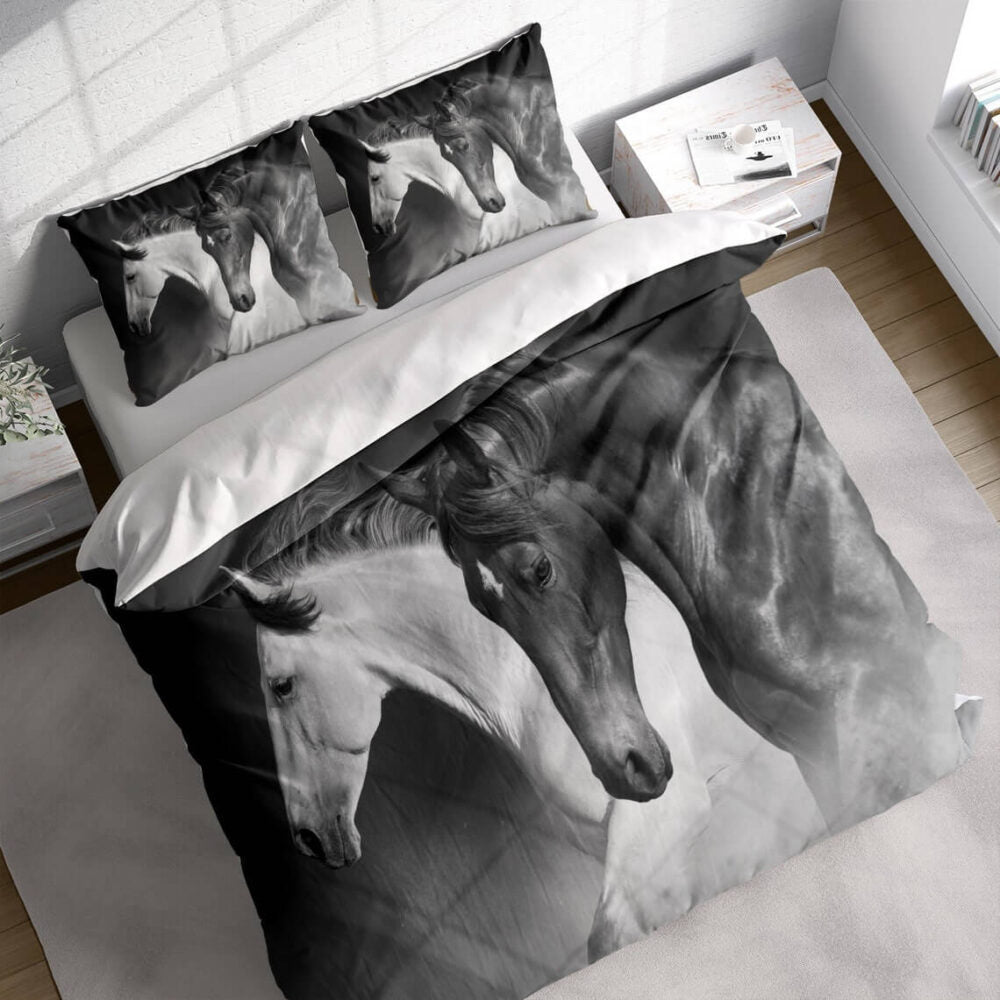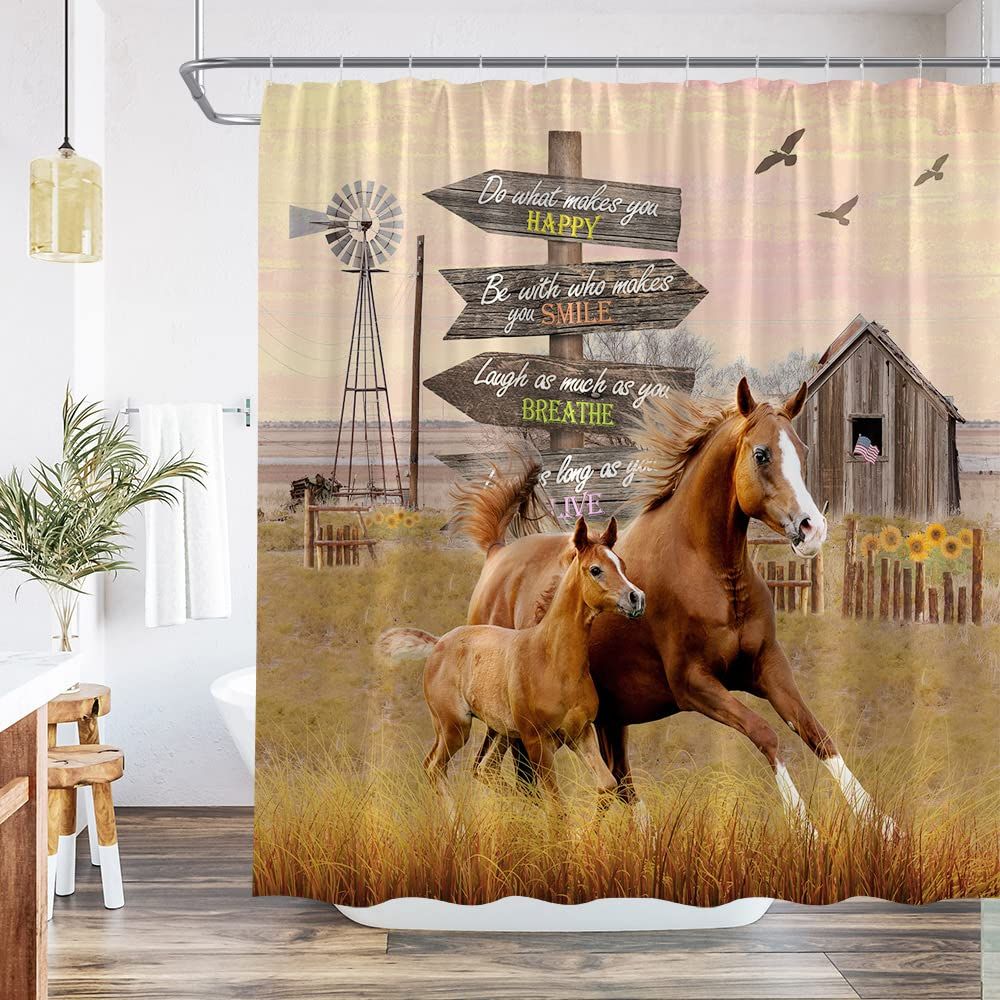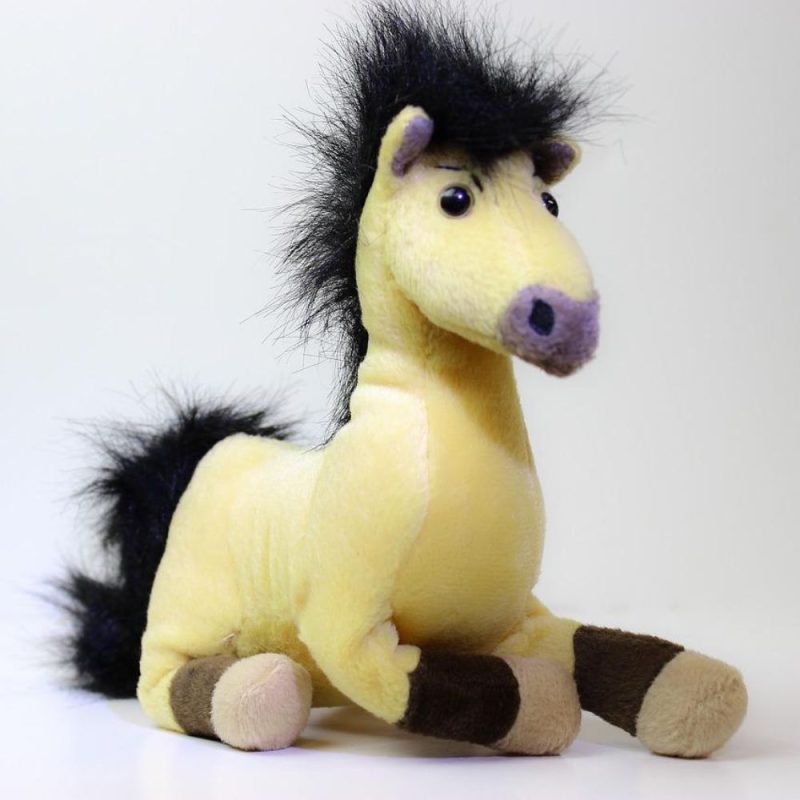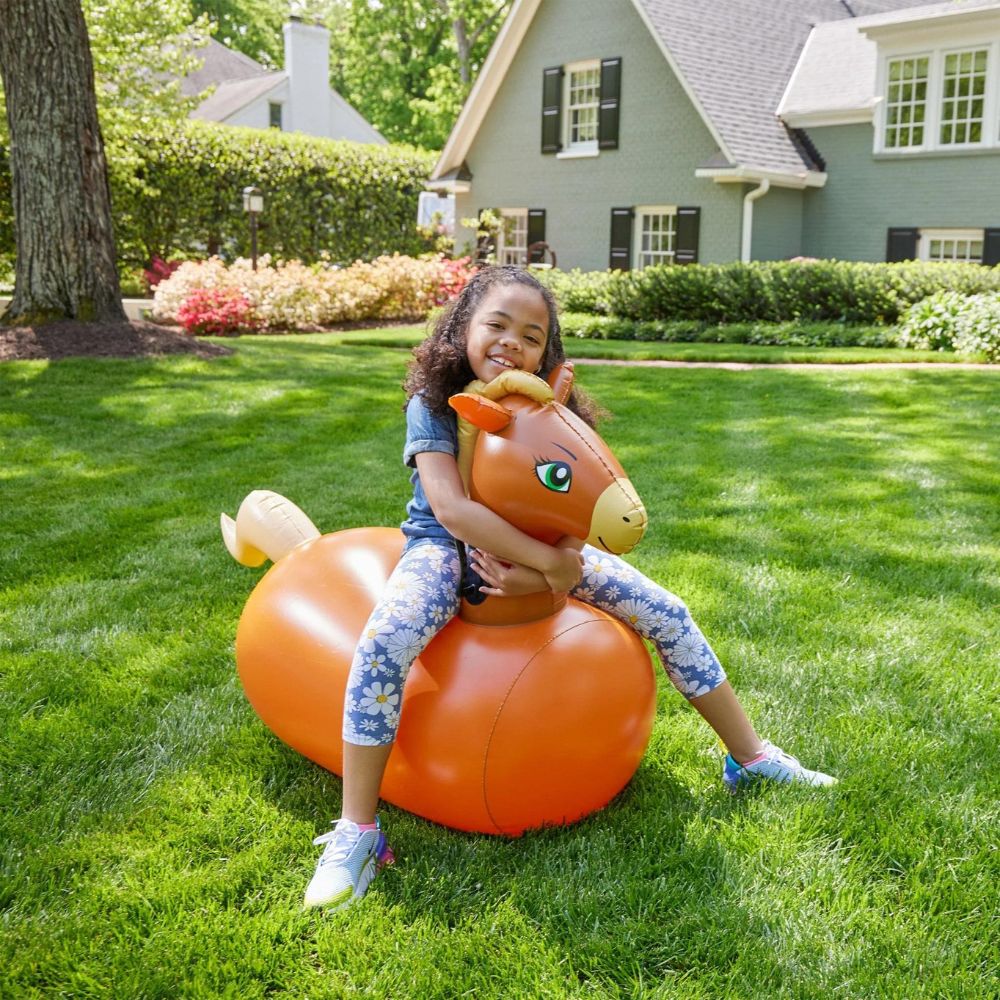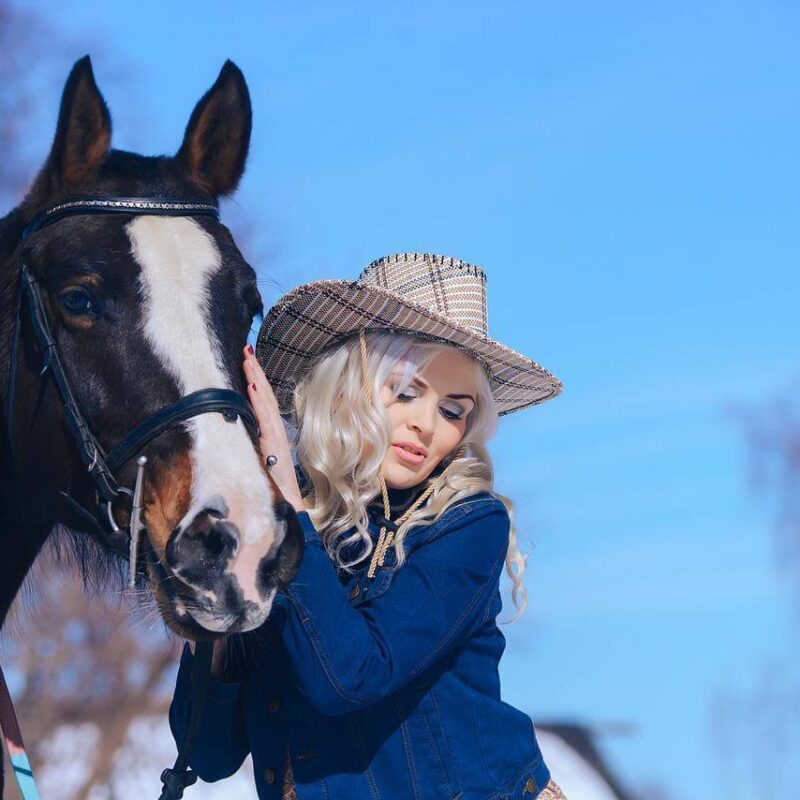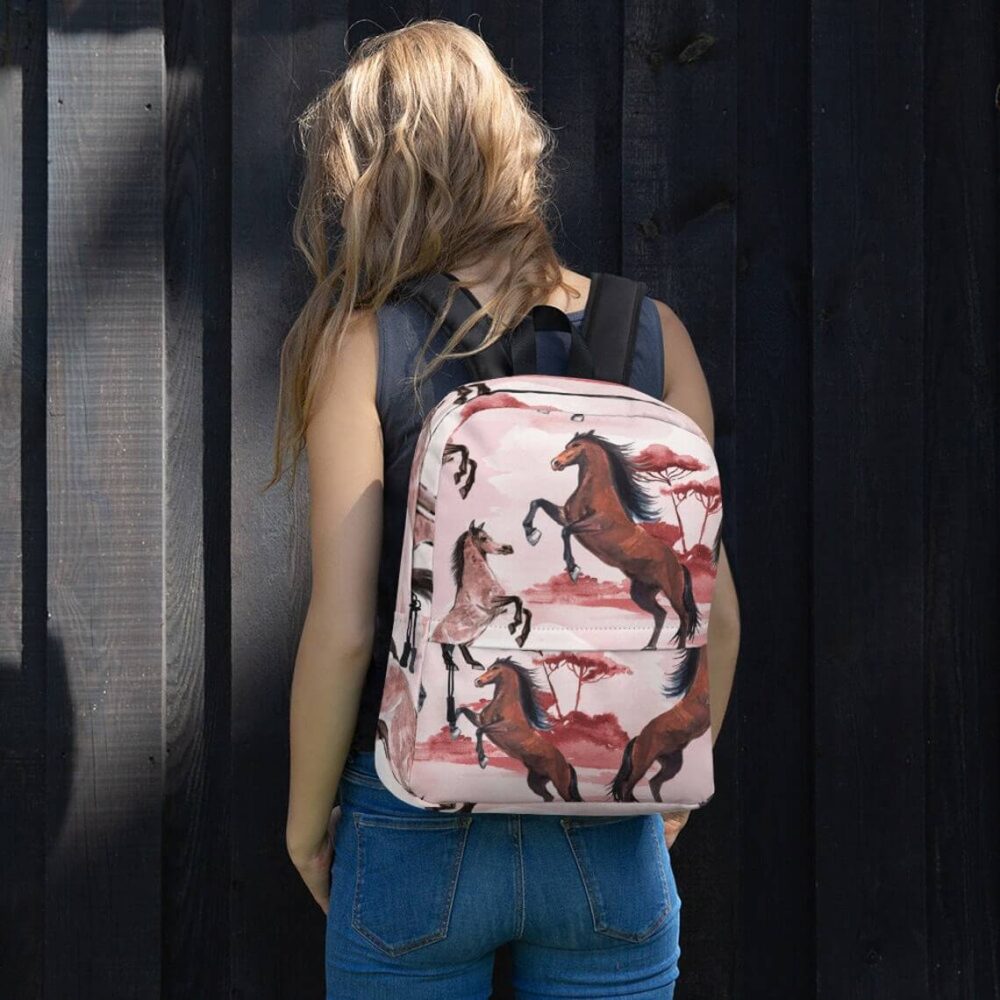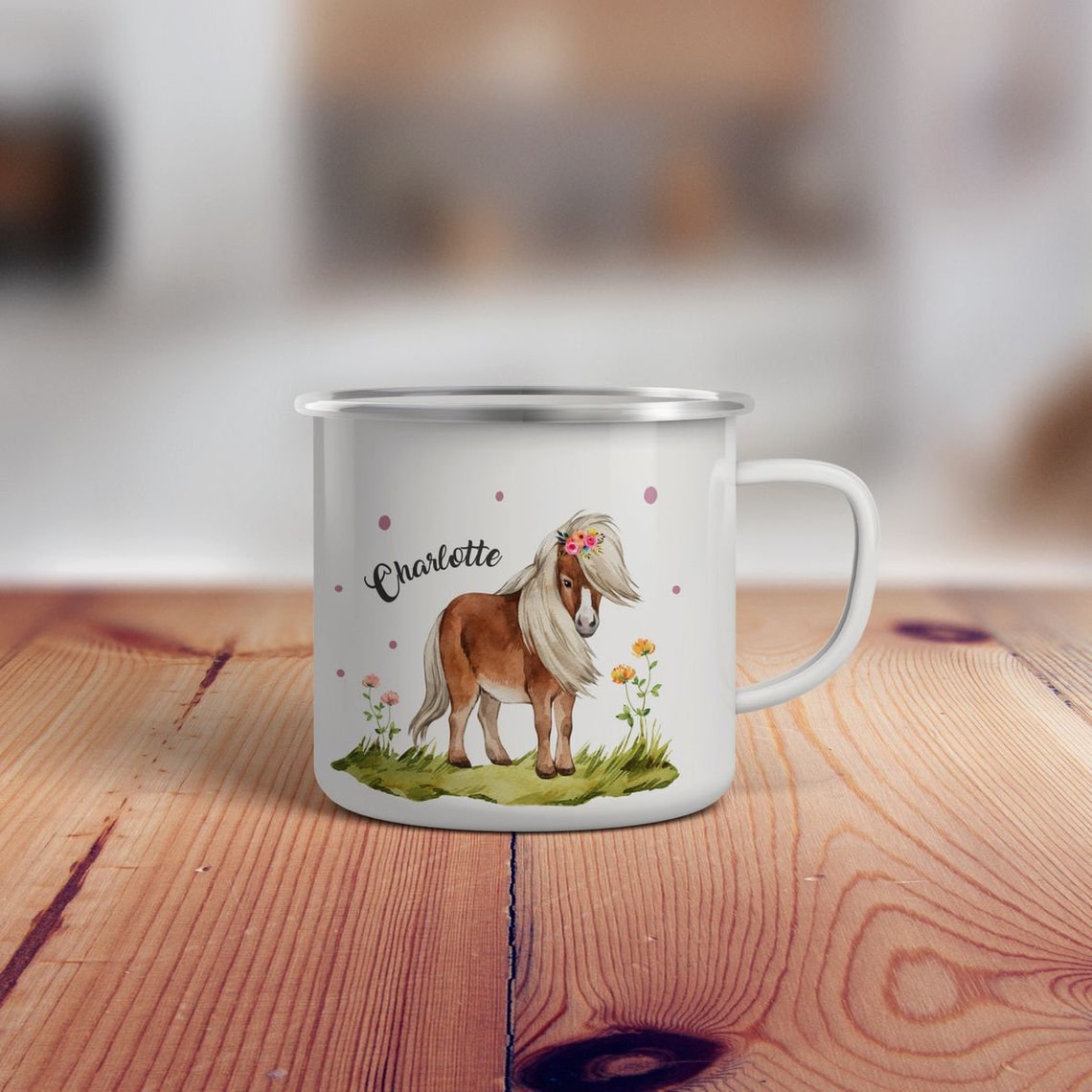
How Much Are Arabian Horses
ime I saw an Arabian horse galloping across a sunlit pasture, its arched neck gleaming like burnished copper, I understood why they're called the "jewels of the desert." These elegant creatures, with their flaring nostrils and tails held high like banners, have captivated humans for centuries. But for all their beauty, one question inevitably arises: how much does an Arabian horse actually cost?
How Much Are Arabian Horses?
Arabian horses are as varied in price as they are in personality. You can find a **young, untrained Arabian** for as little as **$5,000**, while a **proven show champion** might command **$150,000 or more**. But let’s be honest—most fall somewhere in between. The average **purebred Arabian** with decent bloodlines but no major show records typically sells for **$10,000 to $30,000**.
Several factors influence the price: pedigree, training, age, and even coat color. A Crabbet or Egyptian bloodline can double or triple the cost, while a gelding (neutered male) is usually cheaper than a breeding stallion. Then there’s the "X-factor"—some horses just feel special, and buyers pay premiums for that intangible allure.
But don’t forget ongoing costs. Boarding, feed, vet bills, and training easily add $500–$1,500 monthly. An Arabian isn’t just a purchase; it’s a commitment.
Factors That Affect Arabian Horse Prices
Pedigree & Bloodlines
An Arabian’s lineage is its resume. Horses from **legendary bloodlines**, like those tracing back to Egyptian stallion Nazeer or Polish-bred Skowronek, can fetch **six-figure sums**. Breeders pay close attention to **show records and genetic testing**, ensuring traits like endurance and elegance pass to offspring.
Age & Training
A well-trained, 8-year-old **arena champion** is pricier than a 2-year-old prospect, but youngsters with potential often sell for **$10,000–$25,000**. Older, retired show horses might drop to **$3,000–$7,000**, perfect for casual riders.
Temperament & Conformation
Not all Arabians are created equal. A **calm, people-loving horse** with flawless proportions (like that famous "dished" face) costs more. Buyers often pay extra for **versatility**—a horse that transitions smoothly from dressage to trail riding.
Color & Rarity
While coat color doesn’t affect performance, a **rare silver dapple or pure black Arabian** might spark bidding wars. The classic **bay or chestnut** is more affordable but no less stunning.
Where to Buy an Arabian Horse
- **Auctions**: High-end sales like the **Arabian Horse World Championships** feature elite horses, but bargains hide in local auctions.
- **Private Breeders**: Ideal for tailored purchases, but research reputations—some overprice "exclusive" bloodlines.
- **Rescues & Rehomes**: Budget-friendly (often **under $5,000**), though veterinary histories vary.
The True Cost of Owning an Arabian
Beyond the purchase price, factor in:
- **Boarding**: $300–$800/month for full care.
- **Healthcare**: Annual vaccines, dental, and farrier visits add up to **$1,000–$3,000**.
- **Training**: Professional lessons or conditioning programs run **$500–$2,000/month**.
Is an Arabian Horse Worth It?
If you’re seeking a **loyal, intelligent partner** with a touch of magic, absolutely. Arabians form deep bonds and thrive on attention. But if you’re budget-conscious, consider leasing or co-owning to experience their grace without the full financial plunge.
As the desert Bedouins knew, an Arabian isn’t just a horse—it’s a heartbeat at your side. Whether you’re drawn to their history, athleticism, or sheer beauty, owning one is a journey as rewarding as watching the sunrise over the dunes. Saddle up, and let the adventure begin.







